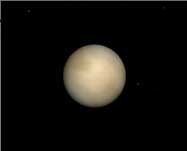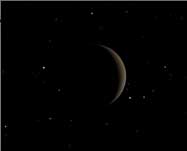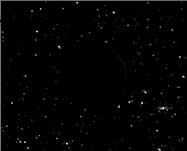My version does NOT use shaders. It runs even in the Basic render path.
However dynamic range is only 2x.
Here's what a star looks like before:
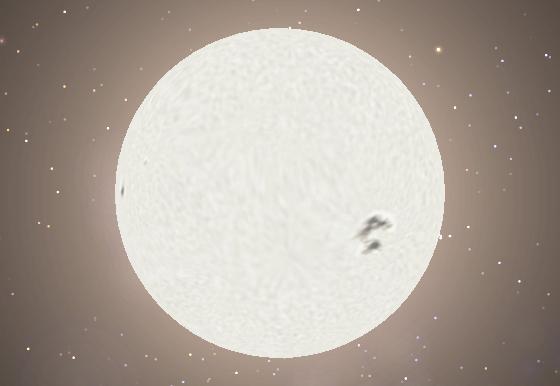
After:
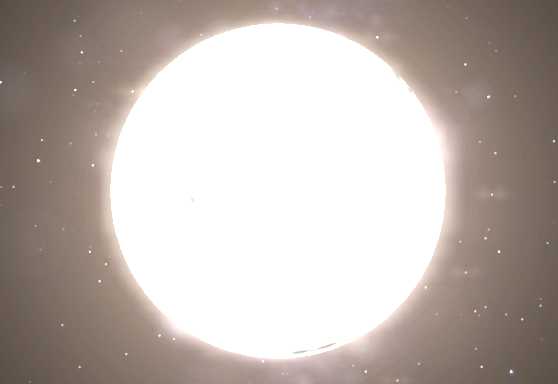
Venus:
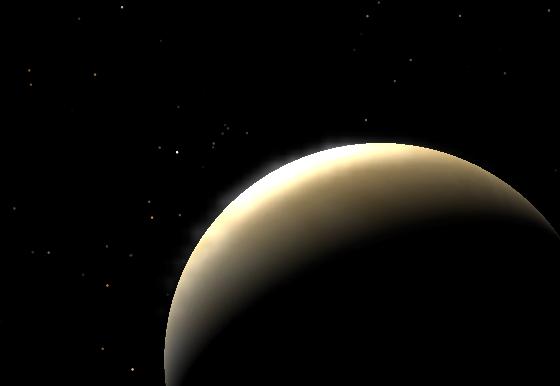
Technical details:
- Does not use float buffers, scene is stored compressed 2x in a regular 8bpp RGBA texture so antialiasing, alpha blending comes for free
(but dynamic range is not very high, also there will be mach banding etc but texture mapping tends to hide this...)
- Uses glCopyTexImage2D and blending instead of FBO and shaders etc so backward compatibility is very high
(ought to work 100% even on a Geforce 4MX)
Speed can be slow, but on my 9700 it's much faster than ATI's simple HDR demo (which uses float buffers)
- "Tone mapping" is very simplistic, stars are not handled so no star fading yet
- Model and bump mapping illumination currently incorrect
Citations:
"Practical Implementation of SH Lighting and HDR Rendering on PlayStation 2"
Yoshiharu Gotanda, Tatsuya Shoji, 2005.


